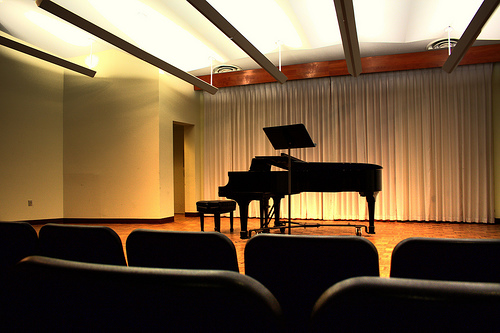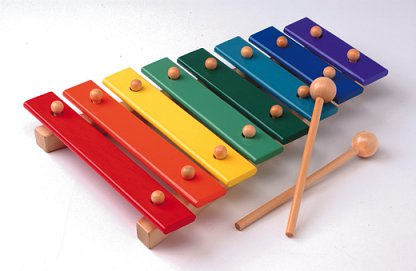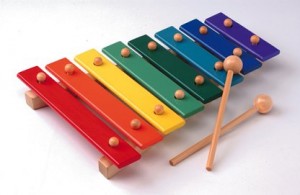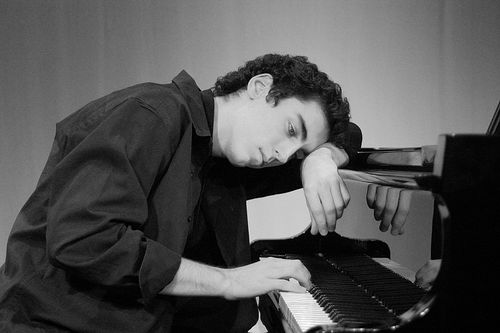 After browsing through the colorinmypiano.com archives and — alas! — it seems that we’ve missed our own anniversary!
After browsing through the colorinmypiano.com archives and — alas! — it seems that we’ve missed our own anniversary!
Here’s a rundown of the history of the colorinmypiano.com blog:
- It was on February 28, 2009 that I first conceived of this blog and wrote my first post: a welcome and brief statement of purpose. I found my inspiration largely from Natalie Wickham’s Music Matters Blog and Susan Paradis’ Piano Teacher Resources. My blog was initially a free wordpress blog, titled “Piano Teaching Blog” (or something similar). At this point, I was running a successful piano studio of about 20 students out of my parent’s home, and finishing up my Bachelor’s degree in piano performance.
- In May of 2009, I graduated with my Bachelor’s degree. Over the summer, my husband and I moved so we could attend graduate school the next year. Unfortunately, this meant I had to “give away” all my piano students and find new ones. =)
- On July 9, 2009, I decided that I was enjoying blogging enough to go full swing: I came up with the title “Color In My Piano,” bought my own domain name and a year’s worth of web hosting, and gave the site a whole new look. Continue reading “Celebrating One Year!”




 In
In 
 One of the reasons I’ve been
One of the reasons I’ve been 
 Lately, I’ve been considering offering pre-piano music classes for children and their parents — someday, when I have a private studio in my home again (Right now, I teach piano privately through my university’s community music school.). My goal in providing these classes someday is to better prepare young children (think ages 0-5, especially) for private piano lessons. So, this semester, I enrolled in an Early Childhood Music class to learn about the various methodologies (such as Orff, Kodaly, Gordon, Feierabend, etc.) for teaching music to young children.
Lately, I’ve been considering offering pre-piano music classes for children and their parents — someday, when I have a private studio in my home again (Right now, I teach piano privately through my university’s community music school.). My goal in providing these classes someday is to better prepare young children (think ages 0-5, especially) for private piano lessons. So, this semester, I enrolled in an Early Childhood Music class to learn about the various methodologies (such as Orff, Kodaly, Gordon, Feierabend, etc.) for teaching music to young children.
